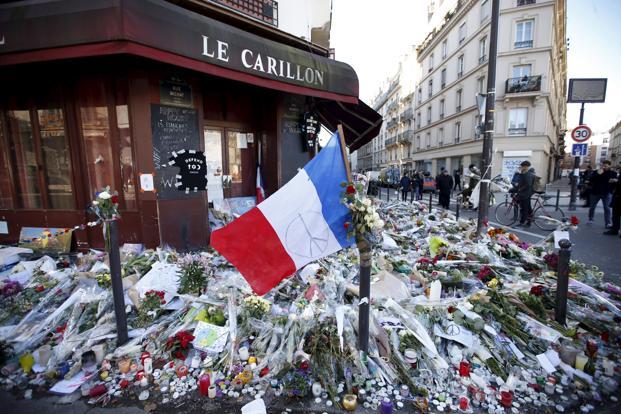By: Tia Ayele
In an age where tablet sized computers are becoming the norm, it seems unfathomable that a seasonal drought can leave millions deadof starvation or severely malnourished. However, to anyone who has visited or has even seen pictures of the Horn of Africa recently, the veracity of this massive famine is quite apparent. The statistics are shockingly sobering, as over 12 million people across the Horn of Africa are being affected by food shortages caused by the drought. In Somalia, the country most affected , half of the nation’s population, an outstanding 3.2 million people, are in critical need of food. Yet more alarming is the death toll for children, where ten percent of Somali children are dying every 11 weeks, meaning one in ten kids will be dead by November. With gruesome facts such as these, it is no surprise that the United States has been at the forefront in attempts to ameliorate this catastrophe.
However, U.S. Donor aid to Somalia is not as simple as it is for the rest of the Horn of Africa. Along with its history of political instability since the 1970’s, Somalia is currently home to a faction called Al-Shabaab, which was declared a terrorist organization by the U.S. State Department in 2008 and has ties to Al-Qaeda. The Islamic insurgents have claimed reign in Somalia for the past four years, and the crippling Somali government has proved unable to thwart their dominance in most of the country. This has caused a host of problems for humanitarian groups, namely because of the threat of Al-Shabaab itself. In the past, members of Al-Shabaab have been known to persecute foreign aid workers. As a result, while millions of Somalis are in dire need, foreign aid workers are not permitted entrance into some areas.
Moreover, humanitarian groups are further impeded by U.S. counter-terrorism laws. According to a strict license administered by the U.S. Treasury Department’s Office of Foreign Assets Control (OFAC), American non-governmental organizations that either directly or indirectly support terrorist groups can face prosecution. Consequently, nonprofits who are even granted access to the hardest hit areas of Somalia are unable to help to their full extent.
Although the U.S. government has remained wary of monetary support and food products falling into the hands of the Islamic militants, the government has recently eased the restrictions placed through the OFAC due to the severity of the famine. In the new mandate issued a few weeks ago, nonprofits and charities that contract with USAID and “operates in good faith” would not face prosecution if their materials ended up supporting Al-Shabaab. This revision was a relief to many humanitarian workers, who before were fearful of giving aid at the risk of federal prosecution. Nevertheless, other humanitarian organizations, not funded by the U.S. still face this risk. Luckily, the Deputy Administrator of USAID, Don Steinberg, reassured these groups that negotiations were in the works for further revision of the license.
Withstanding all these various pressures, nonprofits and charities around the world have provided much needed aid to the devastating areas of the Horn of Africa. According to the U.N., the world community has been successful in giving over $1.1 billion in aid to the region. Despite the myriad of U.S. restrictions still limiting humanitarian organizations, the U.S. remains the world’s greatest donor in the efforts to help Somalia, giving over $580 million this year. With a new license underway and the possible cooperation of Al-Shabaab, the people of Somalia are on the road to recover from this devastation.

